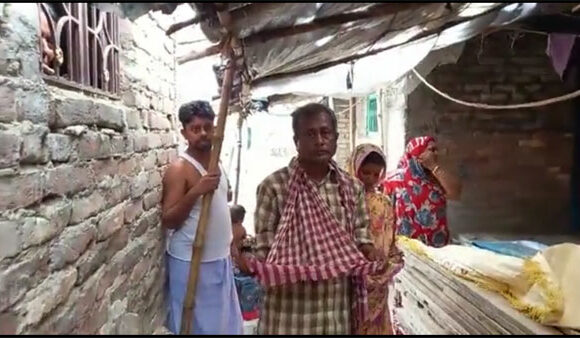Embracing Nature’s Marvels: The Enchanting Living Bridges of the Wettest Place on Earth

Deep within the lush rainforests of Meghalaya, India, lies the wettest place on Earth, the magnificent Cherrapunji. But amidst the captivating waterfalls and verdant landscapes, there exists a unique marvel of engineering that astounds and captivates all who visit – living bridges. These awe-inspiring structures are not built with bricks and cement, but rather they are grown over years of patient cultivation by the indigenous Khasi and Jaintia tribes. In this blog, we will explore the fascinating tradition of growing living bridges and uncover the harmony it brings between humans and nature.
Nature’s Collaborative Masterpiece:
The idea behind living bridges is not just functional but also harmonious with the surrounding environment. Cherrapunji receives copious amounts of rainfall, which has inspired the ingenious concept of living bridges. The strong, rubber-like roots of the Ficus elastica tree act as the foundation for these bridges, and with careful nurturing and guidance, the roots are coaxed to grow in a particular direction, spanning over rivers and streams.
Growing a Living Bridge:
The process of growing a living bridge is a labor of love and patience. The bridge construction begins by planting betel nut tree trunks on either side of the riverbank. These trunks serve as guides for the roots to grow in the desired direction. Villagers carefully weave and intertwine the Ficus elastica roots with bamboo scaffolds to provide support during the growth phase.
Over the years, the roots grow stronger and thicker, embracing the bamboo structure. Gradually, the living bridge becomes sturdy enough to support the weight of human foot traffic. It’s a testament to the symbiotic relationship between the villagers and their natural surroundings, as the bridge grows stronger with each passing year.
Sustainable and Eco-Friendly:
The living bridges are true exemplars of sustainability and eco-friendliness. Unlike conventional bridges that require frequent repairs and maintenance, living bridges become more robust with age, as the roots continuously grow and strengthen. This not only ensures longevity but also eliminates the need for using heavy machinery and construction materials, significantly reducing the environmental impact.
Cultural Heritage and Wisdom:
The art of growing living bridges has been passed down through generations among the Khasi and Jaintia tribes. It is not only a practical solution to their geographical challenges but also an essential part of their cultural heritage. The traditional knowledge and wisdom surrounding the cultivation of these bridges are treasured and respected within their communities.
Preserving a Delicate Balance:
In a world where urbanization and development often come at the cost of the environment, the living bridges of Cherrapunji serve as a poignant reminder of the possibilities that arise when humans and nature collaborate harmoniously. The Khasi and Jaintia tribes have shown us that solutions to our everyday challenges can be found in the very fabric of our ecosystem.
Conclusion:
The living bridges of Cherrapunji stand tall, not just as functional structures, but as symbols of a profound connection between humans and the natural world. As we marvel at their ingenuity and elegance, we must also reflect on the lessons they offer. They beckon us to embrace sustainable practices, preserve traditional wisdom, and nurture a delicate balance with the environment. The living bridges of Cherrapunji inspire us to cultivate a future where human progress and nature’s wonders coexist in harmony, just as their roots intertwine to create these enchanting natural marvels.
Picture Courtesy: Google/images are subject to copyright








